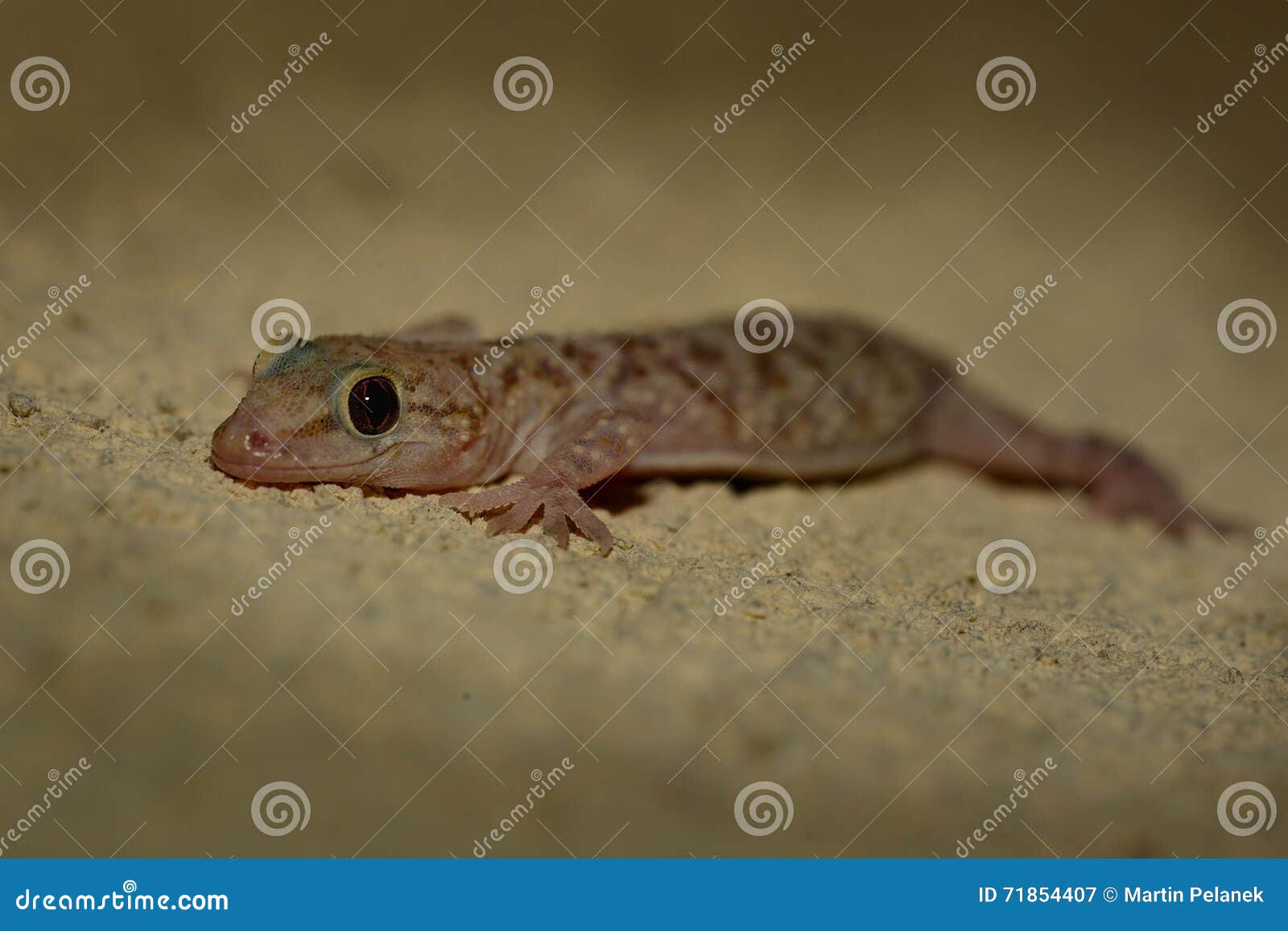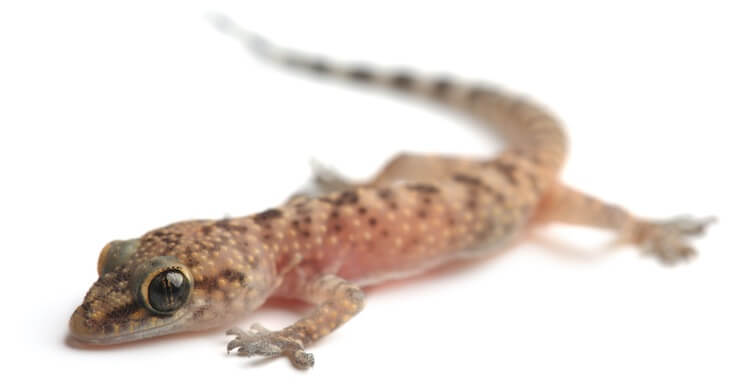Table Of Content

When keeping a Mediterranean House Gecko as a pet, it’s essential to mimic their natural diet as much as possible, offering them a variety of insects to ensure they get all the needed nutrients. Mediterranean house gecko droppings are long, light brown, and usually have white tips. If the poop looks runny or crumbly, that could indicate a health problem.
Feeding Schedule
Imagine the gecko’s toe pads as thousands of tiny suction cups, enabling it to cling to surfaces with remarkable grip. This adaptation not only aids their climbing endeavors but also allows them to move swiftly and gracefully across various terrains. Whether it’s climbing up a tree trunk or scurrying along the ceiling of a room, the Mediterranean House Gecko is a true acrobat. The Mediterranean House Gecko’s ability to colonize new areas and adapt to different environments is a testament to its resilience and adaptability. This gecko has proven to be a successful invader, taking advantage of the resources and opportunities available in its expanding range. The Mediterranean House Gecko is primarily found in warm and tropical regions, specifically in the Mediterranean Basin, which includes countries such as Spain, Italy, Greece, and Turkey.
Behavior & Temperament
Place a basking lamp on one side of the aquarium to raise temperatures to 90 degrees. If you happen to live in an area where these lizards are common, it’s always a better idea to buy from an established breeder or pet store. Captive-bred lizards are usually healthier, have a lower risk of genetic issues, and will typically have a longer lifespan. Like most geckos, the Mediterranean house gecko has short and stocky limbs. A hand of dexterous fingers and sticky pads make it easy for them to get around their environment.
Mediterranean House Gecko Diet
Females do get along with others so if you want a group of geckos, make sure you only have one male in your enclosure to avoid fighting. Even when kept alone, these lizards need hiding spots such as reptile caves or small clay plant pots placed on their sides. If you are housing more than one gecko in a cage, be sure to provide enough hides to give all of your lizards options to choose the best space to hide from each other. Keeping Mediterranean House Geckos together can be done, but it is important to consider a few factors before deciding to house them communally. These geckos are generally solitary creatures, so it is crucial to provide ample space and resources to avoid territorial disputes.
#3 – #5. Bi-Coastal Geckos
Thermal independence exists between 26–35 degrees, with some capacity to self regulate temperature. This means that where the environmental temperature is 26–35 degrees, the common house gecko can modify body temperature through behavioural adaptations. For reasons of both tank cleanliness and air quality, the ground layer of your tank is an important consideration. Give your common house geckos a substrate (floor lining) that retains moisture without being noticeably wet, such as reptile bark or shredded coconut fiber bedding. Sand and washable reptile carpeting are not ideal for these geckos as they do not aid in creating a humid environment.
Mediterranean house gecko - South Carolina Public Radio
Mediterranean house gecko.
Posted: Thu, 12 Oct 2023 07:00:00 GMT [source]
The lost tail eventually regenerates, although the new tail may not fully resemble the original in terms of size or coloration. One of the most remarkable adaptations of the Mediterranean House Gecko is its incredible climbing abilities. These geckos are equipped with specialized toe pads that allow them to effortlessly scale even the smoothest of surfaces, including glass and walls.

At the most extreme end is the Mediterranean House Gecko, which has established populations in at least 24 states in the continental US. The ecological impact of the Mediterranean House Gecko in human dwellings is a topic of interest and debate. While their presence can be beneficial in controlling pest populations, it is essential to consider the potential effects on native species and ecosystems. After hatching, the young geckos, known as hatchlings, are fully independent and equipped with the necessary skills to survive. They possess miniature versions of their adult features, including their characteristic sticky toe pads and large eyes. These adaptations enable them to climb walls and hunt for food effectively.
Lighting Requirements
Owners of pet common house geckos should be careful not to contribute to the invasive species problem by releasing them into the wild in foreign zones. But if you catch a house gecko in North America to keep as a pet, you won't be doing harm to the species overall. As such, there is a close relationship between activity levels and correlated air temperature.[8] Timing of the circadian rhythm of the common house gecko is further impacted by light levels. This rhythm tends to involve the highest population presence around midnight, with highest activity levels just after sunset,[29] with a gradual reduction until dawn. They are beneficial visitors because they are good at keeping insect populations in check, so many people welcome their cohabitation in their homes. Typically, they eat the insects that are drawn to light sources in and around the home at dusk and dawn.
Habitat
In captivity, optimal heating is most likely to be provided through the use of low-wattage heat lamps. Note that housing males and females together will result in eggs, and given that house geckos are egg-gluers, those eggs are very difficult to remove. If you don’t want more house geckos, keep geckos of only one sex. Predators of the Mediterranean house gecko include spiders, whip scorpions, cats (Felis catus), bats, and Cuban tree frogs (Osteophilus septentrionalis). Predation pressures are low for house geckos due to constant activity around street lights and distance from shelter.
It doesn’t matter if you’re an experienced herpetology buff or a new reptile owner. Here are some Mediterranean house gecko care guidelines to help you get started on the right foot. They are brownish-gray to dark brown with a lemon yellow belly. This species is parthenogenetic, meaning it is all-female, and its offspring are genetic clones of the mother. Its native range is southeast Asia, the East Indies, and the South Sea islands.
As the baby geckos emerge from their eggs, they are often delicate and vulnerable. It is crucial to provide them with a suitable enclosure and proper care to ensure their survival. This includes providing appropriate hiding spots, a temperature gradient, and a varied diet consisting of small insects. Another health concern for geckos is metabolic bone disease (MBD). This condition occurs when the gecko’s calcium and vitamin D3 levels are imbalanced, leading to weakened bones and deformities. To prevent MBD, it is essential to provide your gecko with a calcium-rich diet and proper UVB lighting.
It should be a multivitamin that contains calcium to meet all their nutritional needs. Still, include a bowl that’s large enough for the gecko to get in. The latter is easier to care for, but both are suitable as long as they provide coverage. If you want to provide the optimal habitat, a 20-gallon terrarium is a fantastic choice.
Mediterranean house geckos (Hemidactylus turcicus) are native to the western region of the Middle East, northern Africa, and the majority of the Mediterranean region. In conclusion, while keeping Mediterranean House Geckos together is possible, it is important to consider their individual needs and provide adequate space and resources. Monitoring their behavior and ensuring a stress-free environment is crucial for their well-being. Additionally, providing proper nutrition, maintaining suitable temperature and lighting, and offering regular veterinary care are essential for maximizing their lifespan in captivity. By following these guidelines, you can create a harmonious and fulfilling environment for your Mediterranean House Geckos.

Before trying this, however, leave your gecko alone for 2 weeks or so to settle in. If your new pet hasn’t eaten by the time the 2 weeks are over, do not handle and make an appointment with an experienced reptile vet. The basking area should be branch or vine directly under the heat lamp. The warmest temperatures in the enclosure will be at the top (near the heat lamp), and the coolest temperatures will be toward the bottom.
Lizards that invaded Philly region years ago seem likely to stick around - KYW
Lizards that invaded Philly region years ago seem likely to stick around.
Posted: Mon, 31 Jul 2023 07:00:00 GMT [source]
One of the fascinating aspects of Mediterranean House Geckos is their ability to shed their skin. Shedding is a natural process for these geckos, and it is essential for their growth and overall health. As responsible owners, it is crucial to recognize the signs of shedding and provide the necessary care to ensure a smooth process for your gecko. It is important to note that not all mating attempts are successful, and females have the ability to reject unwanted advances. If a female is not receptive, she may display aggressive behaviors such as biting or tail thrashing to deter the male. This natural selection process ensures that only the strongest and fittest individuals contribute to the next generation.
On the other hand, Giant Leopard Gecko can grow up to 11 inches. On the back of their legs, they might also have pores that are used for chemical signals and markers. It can be difficult to distinguish between the sexes because both sexes are usually the same color. When you first welcome a baby Mediterranean house gecko into your home, you’ll notice that they are quite small and delicate. These little reptiles usually hatch at a length of just 1 to 1.5 inches (2.5 to 3.8 cm). As they grow, you’ll need to ensure that their habitat provides plenty of hiding spaces for them to feel safe and secure.

No comments:
Post a Comment